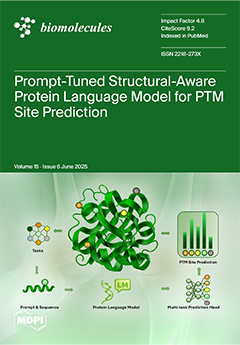Calcium (Ca
2+) signaling is a fundamental regulatory mechanism controlling essential processes in the endothelium, vascular smooth muscle cells (VSMCs), and the extracellular matrix (ECM), including maintaining the endothelial barrier, modulation of vascular tone, and vascular remodeling. Cytosolic free Ca
2+ concentration is tightly regulated by a balance between Ca
2+ mobilization mechanisms, including Ca
2+ release from the intracellular stores in the sarcoplasmic/endoplasmic reticulum and Ca
2+ entry via voltage-dependent, transient-receptor potential, and store-operated Ca
2+ channels, and Ca
2+ elimination pathways including Ca
2+ extrusion by the plasma membrane Ca
2+-ATPase and Na
+/Ca
2+ exchanger and Ca
2+ re-uptake by the sarco(endo)plasmic reticulum Ca
2+-ATPase and the mitochondria. Some cell membranes/organelles are multifunctional and have both Ca
2+ mobilization and Ca
2+ removal pathways. Also, the individual Ca
2+ handling pathways could be integrated to function in a regenerative, capacitative, cooperative, bidirectional, or reciprocal feed-forward or feed-back manner. Disruption of these pathways causes dysregulation of the Ca
2+ signaling dynamics and leads to pathological cardiovascular conditions such as hypertension, coronary artery disease, atherosclerosis, and vascular calcification. In the endothelium, dysregulated Ca
2+ signaling impairs nitric oxide production, reduces vasodilatory capacity, and increases vascular permeability. In VSMCs, Ca
2+-dependent phosphorylation of the myosin light chain and Ca
2+ sensitization by protein kinase-C (PKC) and Rho-kinase (ROCK) increase vascular tone and could lead to increased blood pressure and hypertension. Ca
2+ activation of matrix metalloproteinases causes collagen/elastin imbalance and promotes vascular remodeling. Ca
2+-dependent immune cell activation, leukocyte infiltration, and cholesterol accumulation by macrophages promote foam cell formation and atherosclerotic plaque progression. Chronic increases in VSMCs Ca
2+ promote phenotypic switching to mesenchymal cells and osteogenic transformation and thereby accelerate vascular calcification and plaque instability. Emerging therapeutic strategies targeting these Ca
2+-dependent mechanisms, including Ca
2+ channel blockers and PKC and ROCK inhibitors, hold promise for restoring Ca
2+ homeostasis and mitigating vascular disease progression.
Full article






